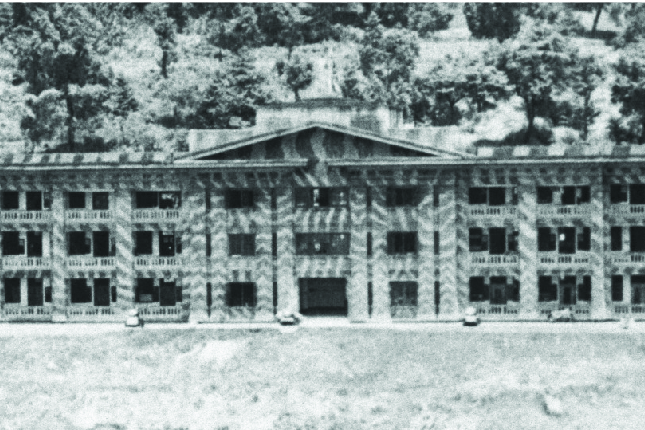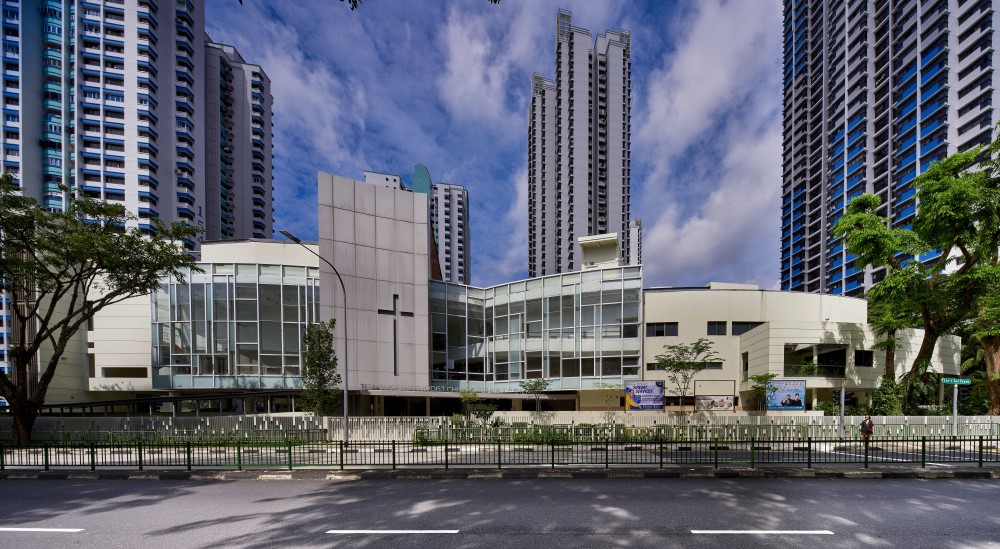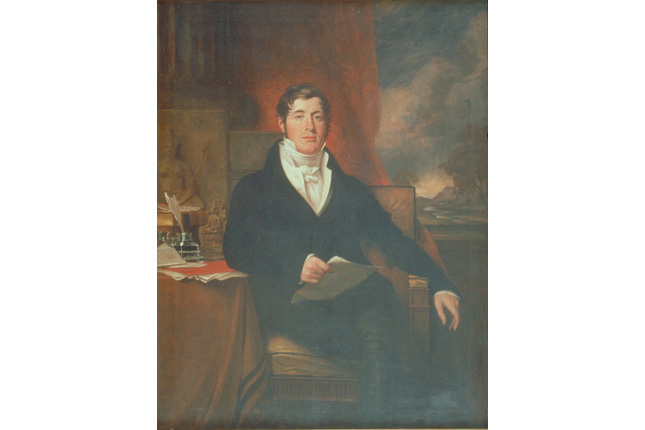Patrick Ng Kah Onn (1932-1989) was born in Kuala Lumpur in 1932. He went to Oxford English School in Singapore, and later finished his secondary education at St. John’s Institution and Victoria Institution in Kuala Lumpur, graduating in 1952. In 1956 he began teaching art at Methodist Girls School, Kuala Lumpur, and was transferred to Victoria Institution in 1959 where he taught until 1963. In the 1960s, he underwent formal art training in London, United Kingdom, after being awarded the Sino-British Fellowship Trust to study art in Britain. Between 1964 and 1966, he was enrolled at Hammersmith College of Art. He pursued a major in art and textiles at the Wimbledon and Southlands College of Education from 1966 to 1968. Eventually, he settled down in the England where he passed away in 1989. Ng was a founding member of the Wednesday Art Group which was founded in Kuala Lumpur in 1952 by Peter Harris who was the art superintendent for the Malayan Federation. The other members of the Wednesday Art Group included Syed Ahmad Jamal, Cheong Laitong, Grace Selvanayagam, Ismail Mustam, Jolly Koh and Dzulkifli Buyong. Through his involvement in the group, Ng became associated with the earliest conscious efforts and activities aimed at forging a modern art practice in Malaya. The artist and his oeuvre claim an important position in the development of modern art in the early years of an independent Malaya, and have been co-opted into the discourse of Malaysian art history.A female figure is the subject of this painting, which has been cryptically titled "Self-Portrait". The painting depicts the artist, a Chinese male, as a Malay woman. Ng portrays himself with long hair, which goes beyond his shoulders, and dressed in a batik outfit with a leafy motif. His eyes meet the viewer directly, and his hands are clasped in front of him. He stands in the foreground against a middle ground that features a wooden railing, which could be part of a bridge or a housing compound, and a background depicting a local landscape with trees, hills and a brownish-orange sky. The earthy colour scheme – of browns, reds, orange, yellows and dark green – used in this painting is reminiscent of that used for several of his paintings such as "Spirit of Earth, Water and Air" (1958). Whilst the composition of "Self-Portrait" is relatively less dense, it is still rich in details, and the brushstrokes and the treatment of the landscape influenced by Balinese paintings are similar to that applied for "Spirit of Earth, Water and Air". Both works were produced during a significant period within Malaysian history and art history, that is between Merdeka (Independence) in 1957 and the racial riots of 1969, which saw the development of modern art in a newly-independent Malaya (which later became Malaysia in 1963). This was a time in Malaya that witnessed the production of works by different artists who celebrated the birth of the Malayan nation and actively searched for a united and common identity."Self-Portrait" seems like a paradox. The gender and ethnic shifts suggest his anxiety about cultural, gender and national issues and identity. It is foreboding, considering how 1969 saw a divided nation and racial riots which resulted in fatalities and destruction. On the other hand, these shifts could represent his support for a shared culture, and his competency at switching his identities in a multicultural environment. The soft facial expression and the relaxed body posture suggest his optimism for the nation, and the ease at which he switched between personas. His cross-cultural foray included signing his paintings in the Jawi script. On one occasion, he joined a Malay dance group. "Self-Portrait" can also be contextualised within his larger portfolio of self-portraits, which have also been the subject of interpretation and discourse on constructions of identity/identities.


















